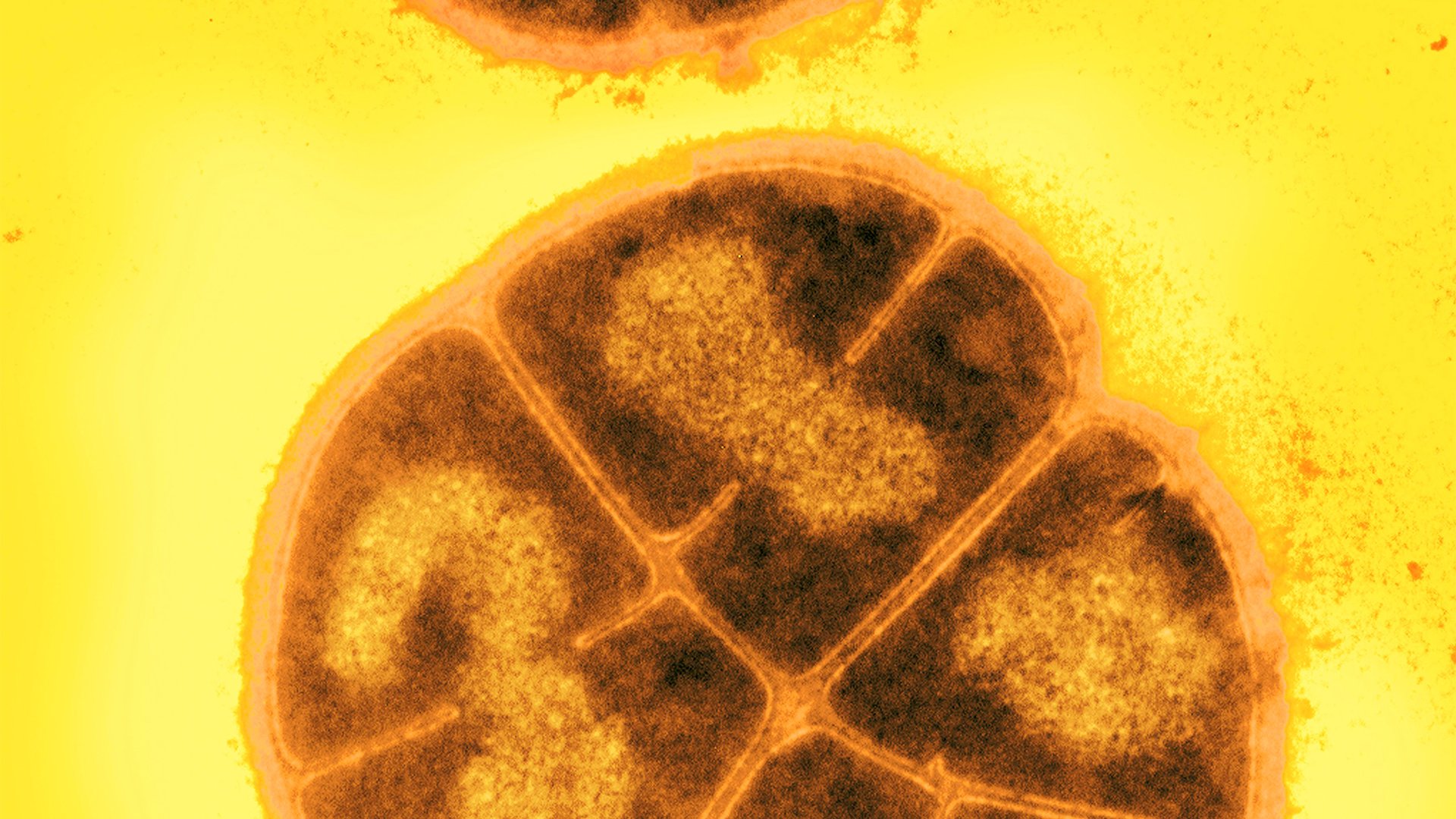It is certainly no secret that microbes are able to survive under extreme circumstances. Scorching pools of sulphur and frozen tundras are hardly a problem. As a result, research is constantly being conducted into invisible life in new, even more extreme habitats.
A group of over 1000 scientists has been working for over a decade on a project intended to form an impression of microbial life deep under the ground. Thanks to the development of new drill bits, it has become possible to conduct measurements up to five kilometres below the earth's surface, as well as two and a half kilometres under the seabed.
The number and variety of microbes exceeded all expectations. Based on their findings, scientists estimate that there are some 23 billion tonnes of microbes deep under the ground worldwide. If this proves to be true, this would mean that 70% of all bacteria on earth live underground. According to researchers, the rich variety in species is comparable to the biodiversity found in the Amazon rainforest.
The underground ecosystem is entirely different to many other habitats. The temperature and pressure at a depth of five kilometres is unbelievably high. Nutrients are hardly present, let alone sunlight. The microbes must be completely independent of the sun, as opposed to plants and cyanobacteria, which require light to produce sugars. Instead, they use the minute amounts of methane as primary energy source.
Due to the extreme circumstances and the lack of nutrients, the underground microbes are only able to develop very slowly. The microbes are almost permanently in a state comparable to hibernation. This allows them to survive for hundreds or perhaps thousands of years while using a minimal amount of energy.
Source: AGU Fall Meeting

